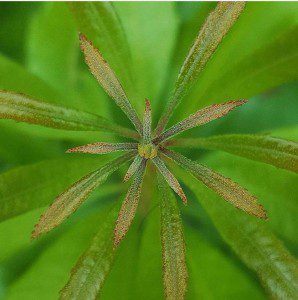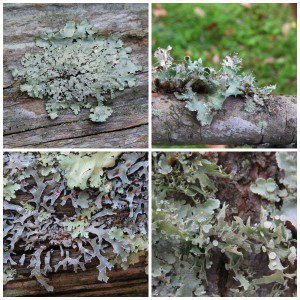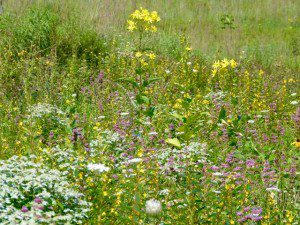Posts Tagged ‘native plants’
The Lycophytes
While I was writing about ferns and mosses, I became aware of other plants that could not be ignored, since some are very common here, such as Ground-pine and Running-cedar. These plants are Lycophytes, which happen to be the first entry of Taxonomic Treatments in the Flora of Virginia, on page 137. Lycophytes are followed by…
Read MoreOld-Age Forest at Chapman State Park
The old-age forest section of Chapman State Park is a fascinating and regionally unique meeting ground for plants with a primary range in the inner Piedmont and mountains and those of the Coastal Plain. This section extends from the low river terrace and extensive Water-willow Shrublands along the Potomac River to the marl cliffs and…
Read MoreMorella on the Barrier Islands
The barrier islands are one of Virginia’s last great wilderness areas, virtually uninhabited by humans. They have one of the longest stretches of undeveloped coastline on the eastern seaboard, and the longest stretch of undeveloped barrier islands in the global temperate zone. The roughly 23 islands that make up this group are owned by The Nature…
Read MoreThe Preservation of Remnant Native Oaks in Urban and Suburban Areas
I and others have recently received inquiries regarding cases of oak decline and death throughout Arlington County and the City of Alexandria, Virginia – oak species (Quercus spp.) being the dominant and characteristic trees of the upland landscape in both jurisdictions. In all cases over the years, I have not seen any evidence of disease…
Read MoreLovin’ the Lichens!
The 2016 VNPS Annual Meeting was a lot of fun; full of laughter and mingling with old friends as well as making many new ones. The highlight of the weekend for me was a Lichen Walk at Wildwood Park. To our delight only four of us joined Gary Cote for the walk, and we were…
Read MorePollinator Week: Something to Celebrate!
The fascinating process of pollination, and the beautiful creatures who perform it, these are indeed wonderful things to celebrate. Pollinator Week 2016, June 20 – 26, comes at a good time for us to focus on something we can all appreciate, understand, and support. Certainly there is more to know, but what fun would it…
Read MoreBest Management Practices for Lawn Care
Important decisions about how to maintain a lawn area have received a lot of press as ideas change about the ways we use, and treat, this part of the landscape. Rod Simmons spoke on the subject recently, and has kindly agreed to share answers to some of the follow-up questions from his presentation at the…
Read MoreA Suburban Mushroom
Just a few weeks after learning about mushrooms at the VNPS Workshop, Plants and Their Friends: Exploring Partnerships Above and Below Ground, I got out of my car, wandered across to see what was blooming in the front yard. There, in bloom, was a wood poppy that a friend had given us a few years…
Read MoreLandscape Design for Biodiversity Education and Restoration
Part I. Hope ~Paying attention to local natural systems teaches us how to bring forth the hidden potential of nature in areas where others have lost hope. During our ecosystem surveys one of the primary things we find is hope. Although 300 years of landscape degradation have had a profound negative effect on the biodiversity…
Read MorePost-Wild Planting Solutions
We may be planting in a post-wild world, but all the things we love about nature and the natural world are still the things we need and should be planting in our landscapes today. Thomas Rainer spoke to a full house Sunday at the Manassas Community Center, delivering a message that spoke right to the…
Read More



